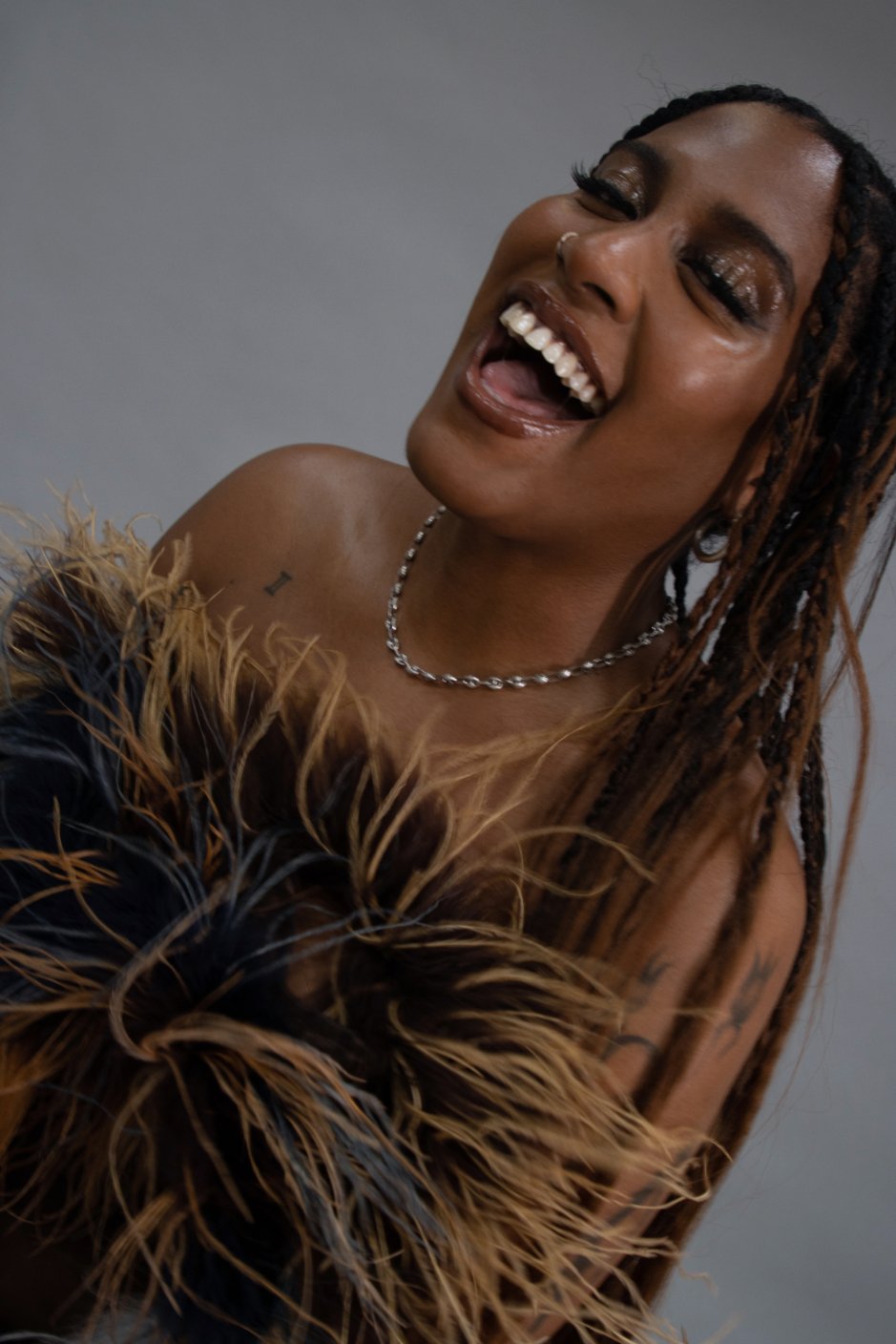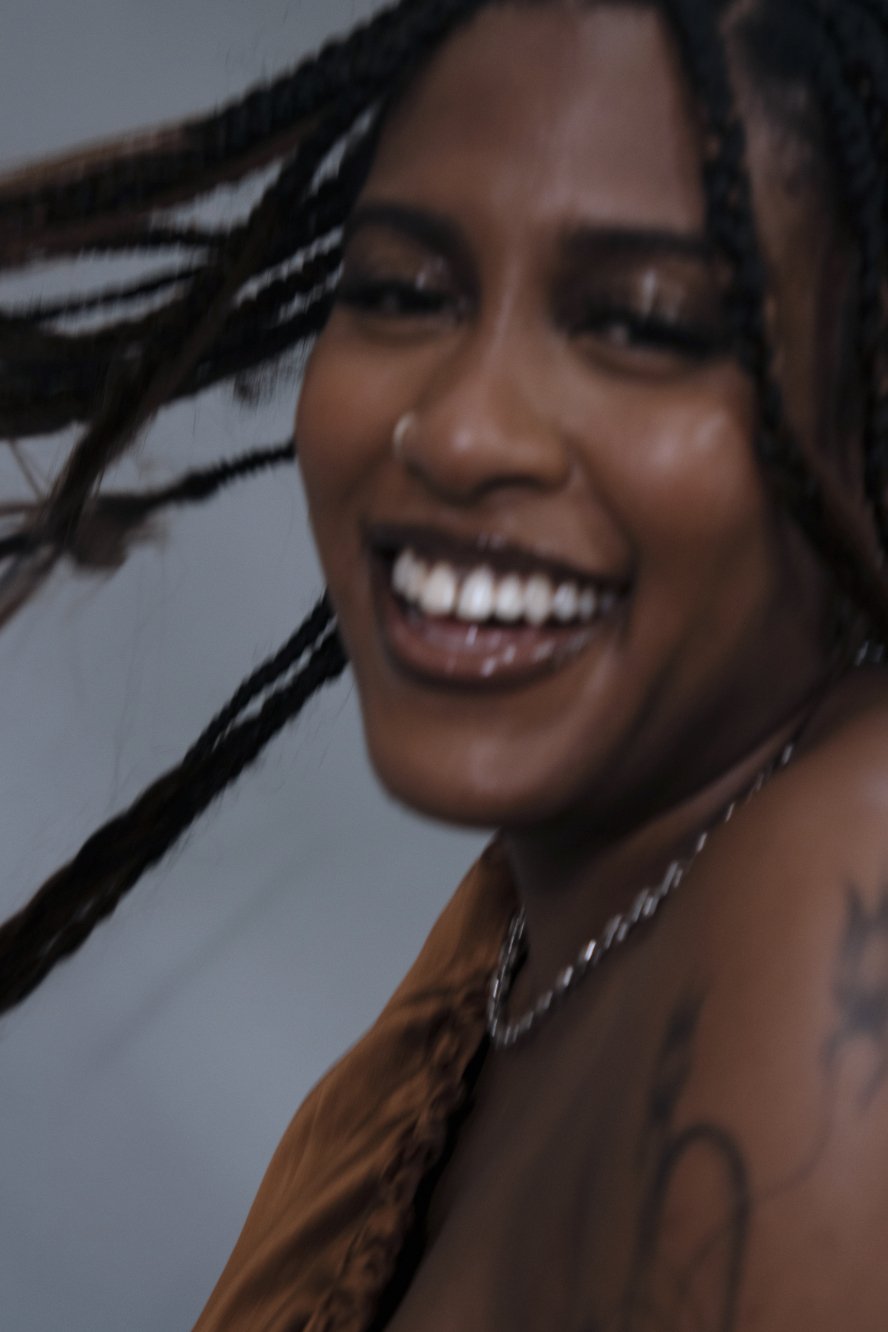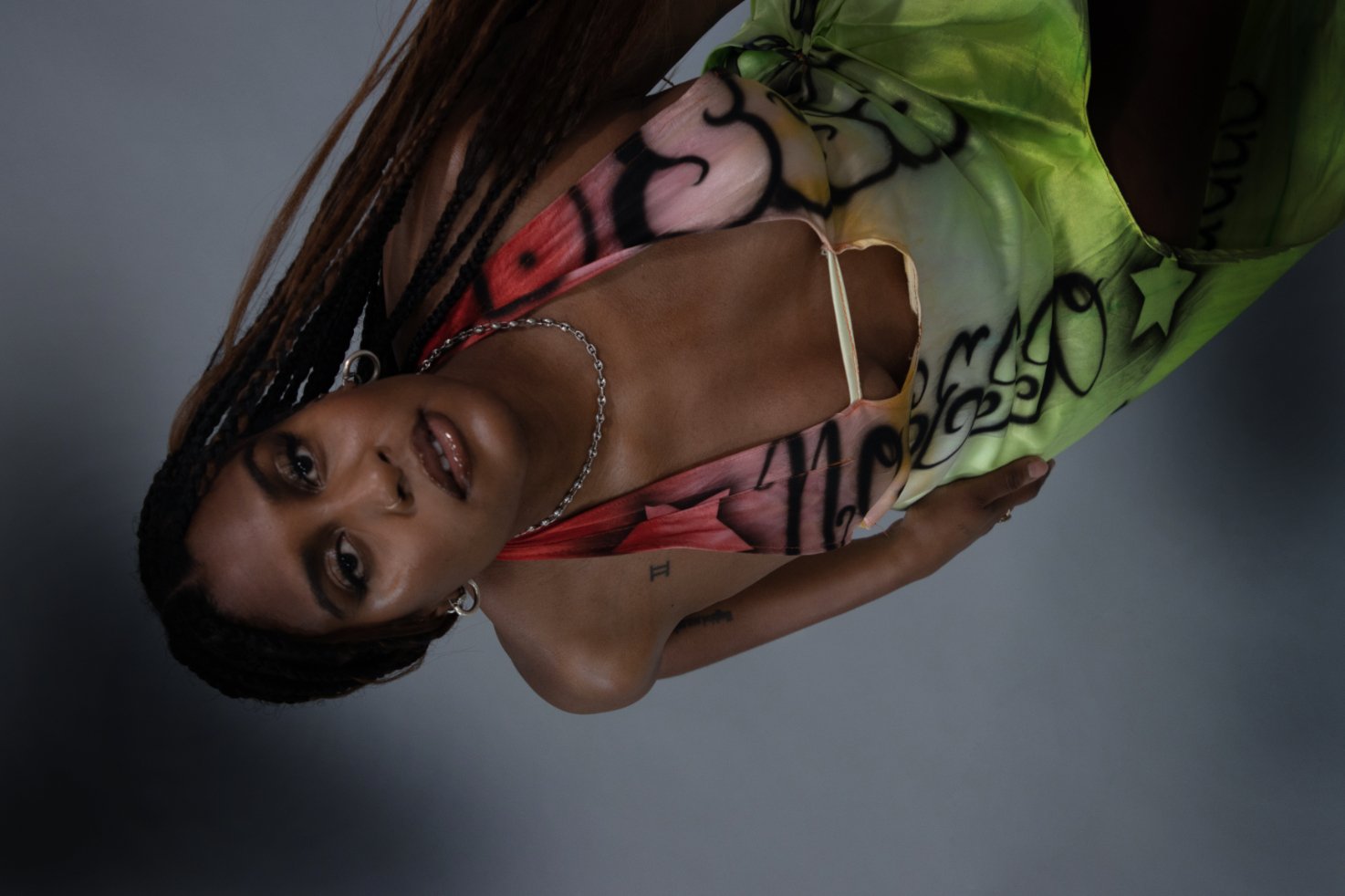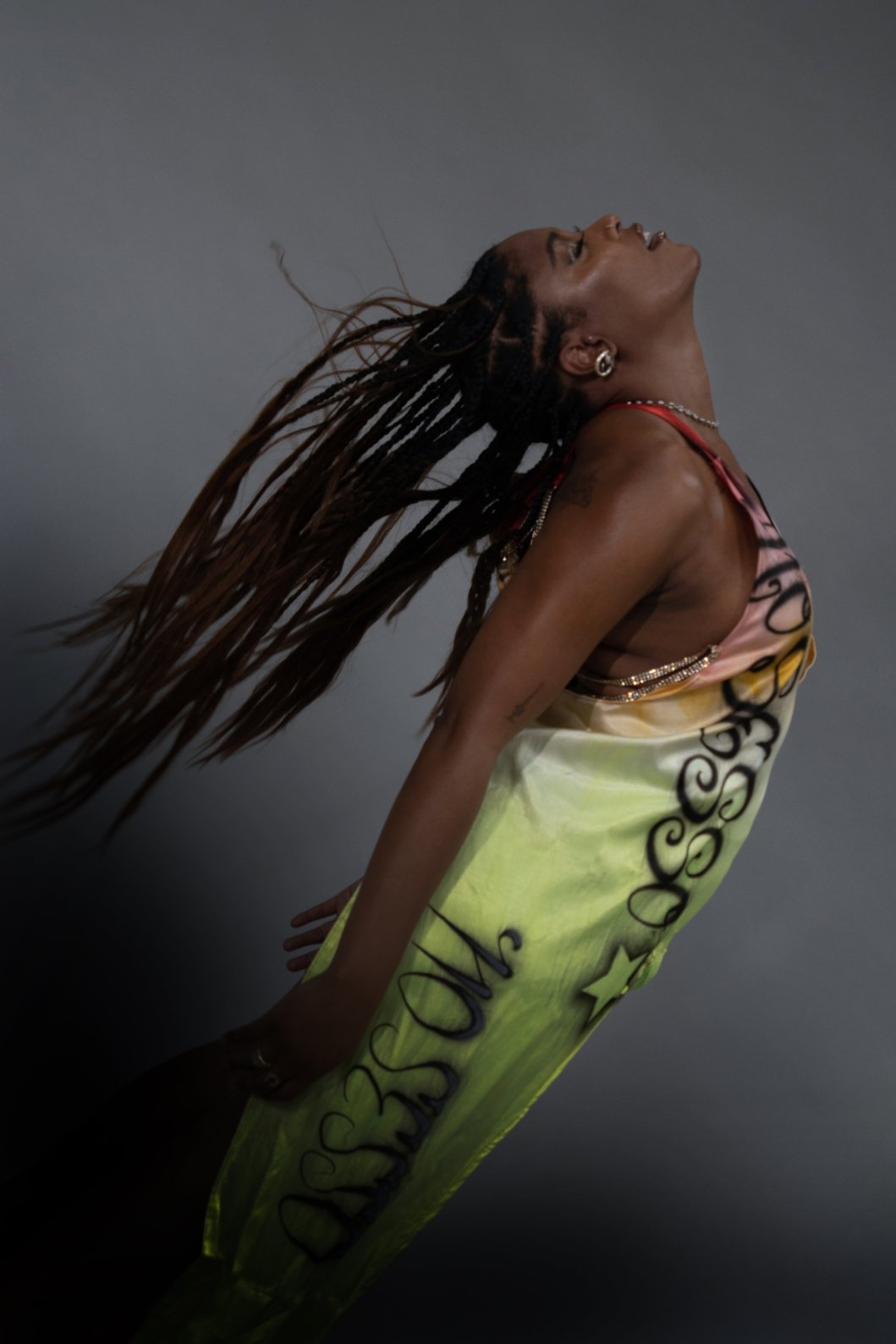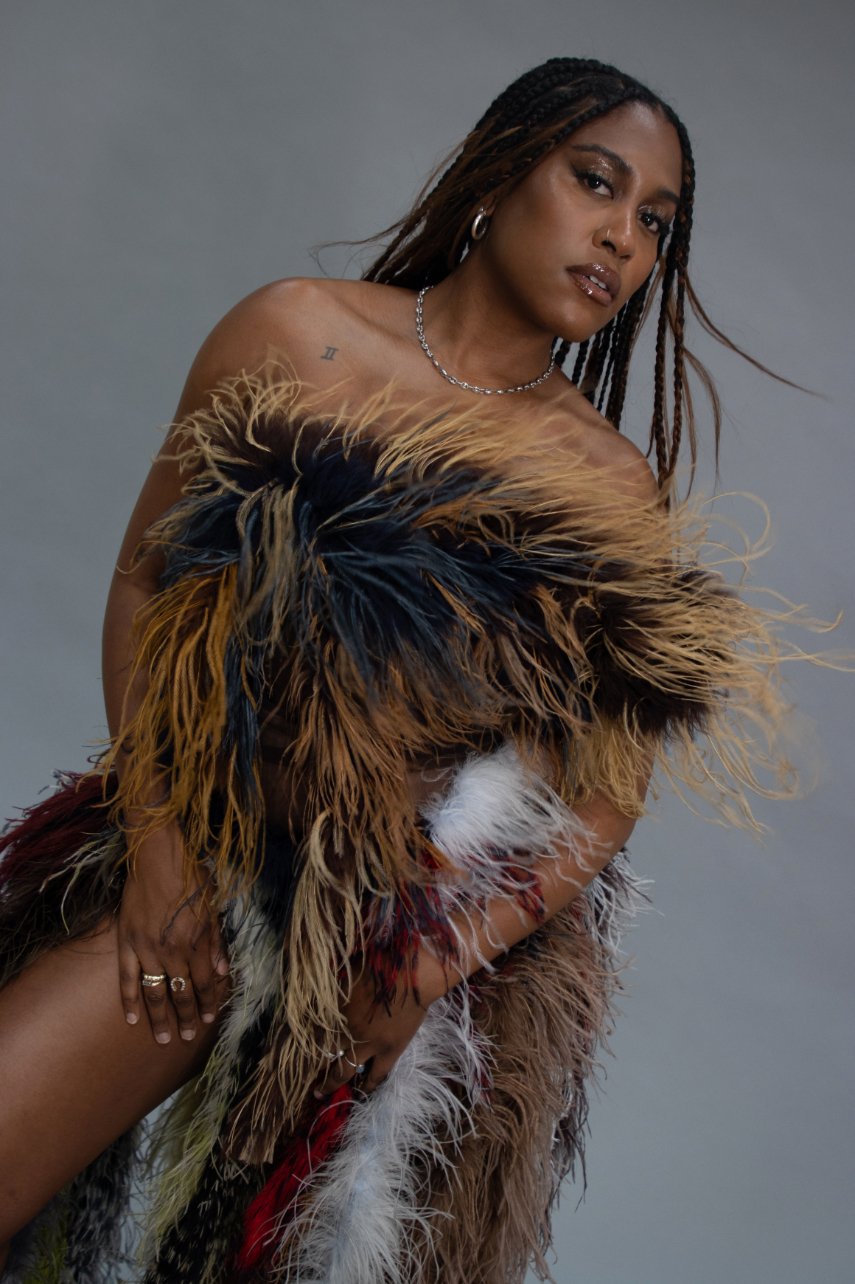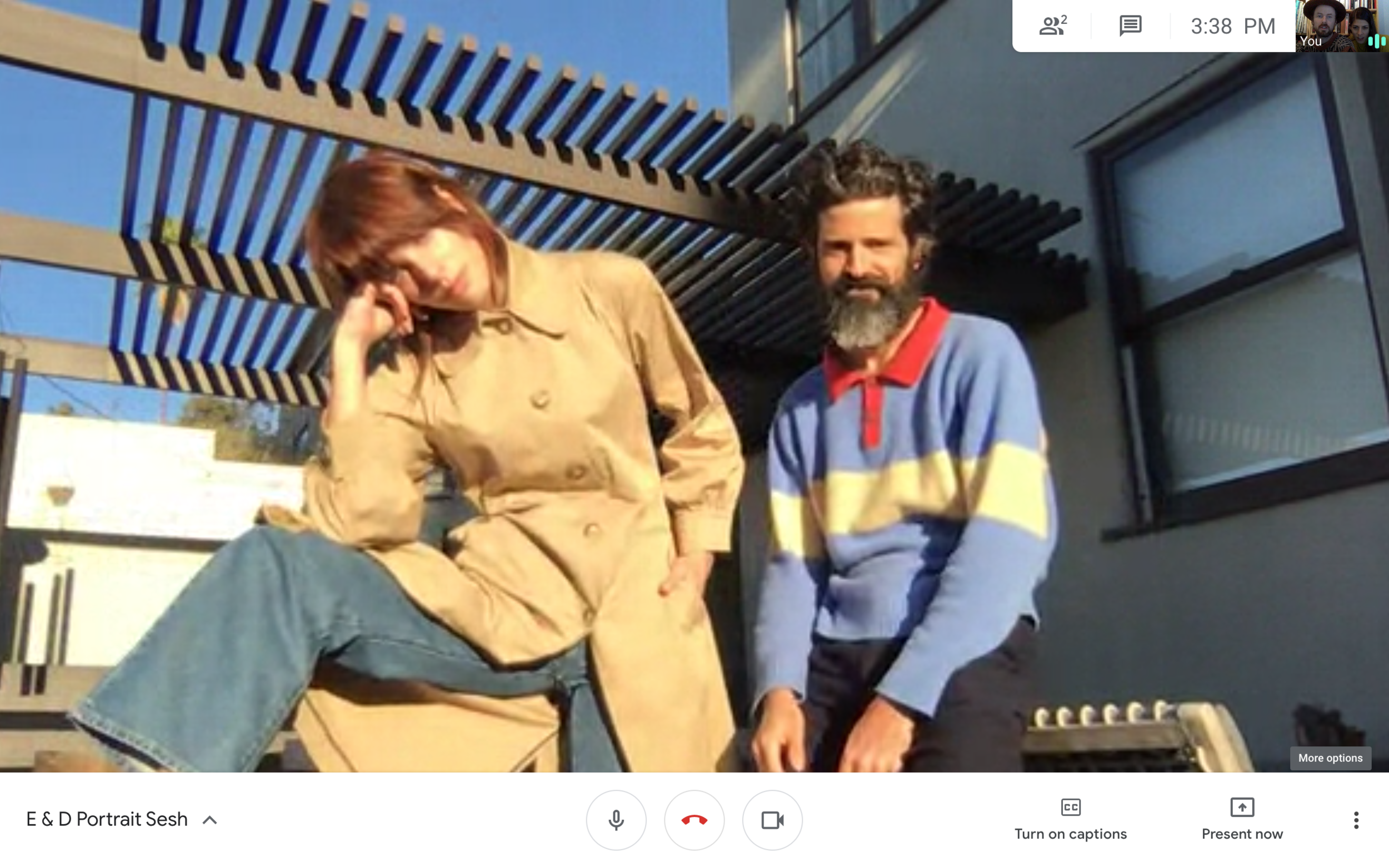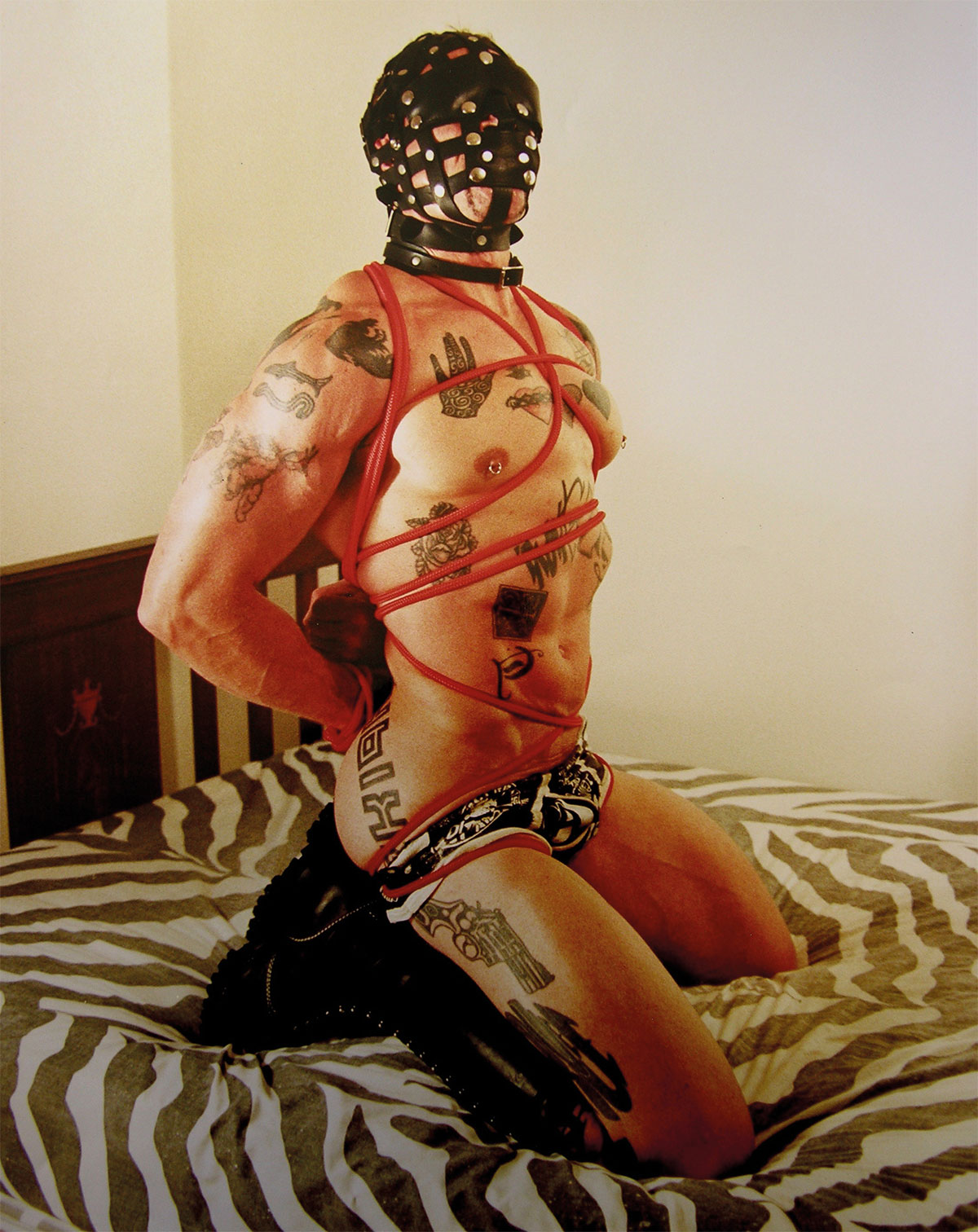interview by Parrie Chhajed
With each new generation of immigrants from South Asia making their way to the various corners of the world, so too does their culture and unique interpretation thereof. With the context of comparison, they offer perspectives on their homeland that challenge the idea of authenticity deriving from one’s geographic placement. Thus is the crux of Non-Residency, a group show that comprises sixteen artists of South Asian diasporic identity curated by Rajiv Menon. Bringing the work of non-resident South Asian artists directly to Jaipur is a first for the young gallerist and curator who opened Rajiv Menon Contemporary in Hollywood, California, in his quest to bolster representation of the Indian diaspora within the United States. He refers to these artists as the Non-Resident School, effectively defining a voice of Non-Resident Indian (NRI) taste that is both united and richly diverse by way of its orientation.
Sahana Ramakrishnan
The People Under The Sea
PARRIE CHHAJED: First off, congratulations on the exhibition. The work and the scale of the gallery is quite remarkable.
RAJIV MENON: Thank you so much. It’s really been a mission of mine to bring South Asian art to the U.S. and build a new audience for what I believe is some of the most important work happening globally. Seeing such a meaningful response has been incredibly rewarding.
CHHAJED: Let’s start with Non-Residency. It’s a cleverly charged title. How did it come about, and what does it mean to you personally?
MENON: One of the early inspirations was the ongoing cultural debate around “NRI taste.” I was very attuned to the perception of this gap in sensibility between India and its diaspora. While that gap is real, I wanted to understand its emotional and social underpinnings—and more importantly, how those conditions can be fertile grounds for art-making. I didn’t want this to be just an art exhibition. I wanted Non-Residency to act as an intervention in the culture itself—to challenge how we think about the relationship between the motherland and its diaspora, and to elevate diasporic voices as central, not peripheral, to the narrative of Indian art.
CHHAJED: This is also your first professional project in India and the first time a singular gallery is showcasing at the Jaipur Centre for Art. How does that feel both personally and professionally?
MENON: Immense. I’ve always been in awe of Indian galleries—their coherence, their mission, the way they’re contributing to defining India’s national visual identity. That spirit is what I wanted to engage with. As a diasporic gallery, we don’t operate within India’s territorial boundaries, but we are equally invested in its cultural perception globally. This exhibition is my way of asserting that the diaspora isn’t just looking in from the outside—we’re in dialogue. We’re translating, challenging, and innovating alongside what’s happening in India.
CHHAJED: The exhibition is set in Jaipur’s historic City Palace, yet it tackles themes like migration, displacement, and otherness. How did the palace’s context influence your curatorial choices?
MENON: I really wanted to play with that irony—the grandeur of a heritage space colliding with deeply contemporary diasporic narratives. Jaipur, in the Western and diasporic imagination, often represents fantasy and opulence. By placing diasporic work in that setting, it creates a tension. The goal was to force the viewer to confront that gap and start a dialogue between heritage and the now. The Jaipur Centre’s mission aligns with this—to open up heritage spaces to contemporary voices, and that made it the perfect partner.
CHHAJED: What was the initial spark for this exhibition—what made you feel that Non-residency was needed now?
MENON: Over the past few years, I’ve seen a distinct shift in diasporic art—a cohort of artists in conversation with each other, building something that felt like a movement. I’m calling them the Non-resident School—artists working through similar themes and aesthetics, but with singular visions. Many are already in major museum and private collections, but the world wasn’t seeing it as a movement yet. Non-residency is my way of announcing that. It’s a statement: This is not isolated brilliance—it’s a cultural wave that’s reshaping how South Asian identity is viewed globally.
Kelly Sinnapah
Mary Violette’s Book The Girl with 3 Eyes, 2025
JCG18987
photograph by Christopher Burke Studio
As if Hoque Up Up And Away
CHHAJED: And that wave is definitely visible—not just in art, but across music, fashion, and literature as well.
MENON: Absolutely. Indian fashion, in particular, has had such an incredible global presence lately. When I meet young designers and creatives from India, there’s this shared vision—to show that Indian aesthetics are not just relevant, but leading on the world stage. Whether it’s garments or fine art, we’re participating in the same cultural project. That’s why it’s so important to me that my gallery also acts as a platform to showcase fashion and other creative expressions from India.
CHHAJED: Diasporic identity is often framed through nostalgia. But this exhibition feels like a break from that. Was that intentional?
MENON: Very much so. One of my biggest critiques of diasporic work is its frequent fixation on the past. I wanted this show to be about the future—about innovation. The artists featured are using their identities not to look back longingly, but to create something new. This is about possibility, not just memory. I wanted to challenge the idea that diasporic work is a diluted echo of Indian culture. It’s not. It’s its own form—rooted, relevant, and evolving.
Installation view. Non-Residency. Jaipur Centre for Art 2025
CHHAJED: That’s a powerful shift. You’ve also spoken about moving away from “authenticity” as a standard for Indian art. Can you elaborate?
MENON: The notion that work must be created in India to be authentically Indian is limiting—and frankly outdated. Authenticity is not fixed. It evolves. What we think of as “authentic Indian culture” today is different from fifty or a hundred years ago. Diasporic art is no less authentic just because it’s created elsewhere. It reflects the lived experiences and social contexts of the artists. If we continue to gatekeep Indian culture through rigid authenticity, we miss out on incredible new voices and visions.
CHHAJED: The artist list for Non-Residency includes a rich mix of intersectional identities. Was that intentional?
MENON: I don’t believe curation should be a box-ticking exercise. But if you’re genuinely tuned into the landscape, diversity happens naturally. I wanted to present a wide spectrum of diasporic experience—not just the dominant post-1965 immigration narrative. That’s why including Indo-Caribbean artists was essential. Their work speaks to layered displacements and complex racial and cultural identities. This isn’t just about representing different experiences—it’s about expanding the aesthetic language of the diaspora.
Installation view. Non-Residency. Jaipur Centre for Art 2025
CHHAJED: What was the process like of choosing the artists and curating the show?
MENON: A joy. The majority of the works were created specifically for this show. Many artists responded to the location of Jaipur itself. Anoushka Mirchandani, for example, created a painting in response to Jackie Kennedy’s iconic shoot in Jaipur. Nibha Akireddy, who’s currently in residency at JCA, explored the history of women polo players in the region. The curatorial framework—non-residency as both a social and aesthetic concept—also led me to explore the uncanny. There’s a distortion, a doubling that diasporic artists often experience when engaging with the homeland. That tension became an aesthetic throughline across the works.
CHHAJED: Earlier this year, you also launched a permanent space in Hollywood. How has the journey been of creating a gallery focused on South Asian art in the U.S.?
MENON: There was a huge gap on the West Coast for South Asian art, and the response has been incredible. Not just from the diaspora but from the broader art community. Museums have been especially supportive, and that’s a major signifier of cultural impact. But yes, one of the challenges is the lack of cultural literacy—many Americans don’t have a deep understanding of India. That’s why our gallery isn’t just commercial—it’s educational. I want people to understand the context, the complexity, and the multiplicity of Indian art.
CHHAJED: How did the collaboration with the Jaipur Centre come about?
MENON: I attended their opening last year and was deeply moved. Noelle Kadar and HRH Sawai Padmanabh Singh have a truly global vision for Indian art. It felt like the perfect place to make a cultural statement, to bridge the diaspora and the homeland. Their level of ambition and taste matched the gallery’s, and the collaboration just made sense.
CHHAJED: Were there any surprises along the way?
MENON: The journey is still unfolding—the show installs next week! While I visit India often and it feels like home, bringing art here as a business is a new experience. There’s been a learning curve, but this is only the beginning. We’ll also be showing at the India Art Fair in February and plan to keep India as a consistent part of our programming.
CHHAJED: If Non-residency is a homecoming, what’s next?
MENON: In September, we take on a different kind of homecoming—I’ll be curating a show in my hometown of Houston, Texas, at the Untitled Art Fair. The theme will also be homecoming, and like all my curatorial work, it’s deeply personal. I think this pair of shows—India and Houston—reflects the scope of my own identity and vision. After that, we’ll show at Untitled Miami during Art Basel and continue regular programming in our Los Angeles gallery.
Non-Residency is on view through October 5 @ Jaipur Centre for Art Gate No. 1, City Palace, Pink City, Jaipur, Rajasthan 302002
Rajiv Menon at the opening of Non-Residency at Jaipur Centre for Art












